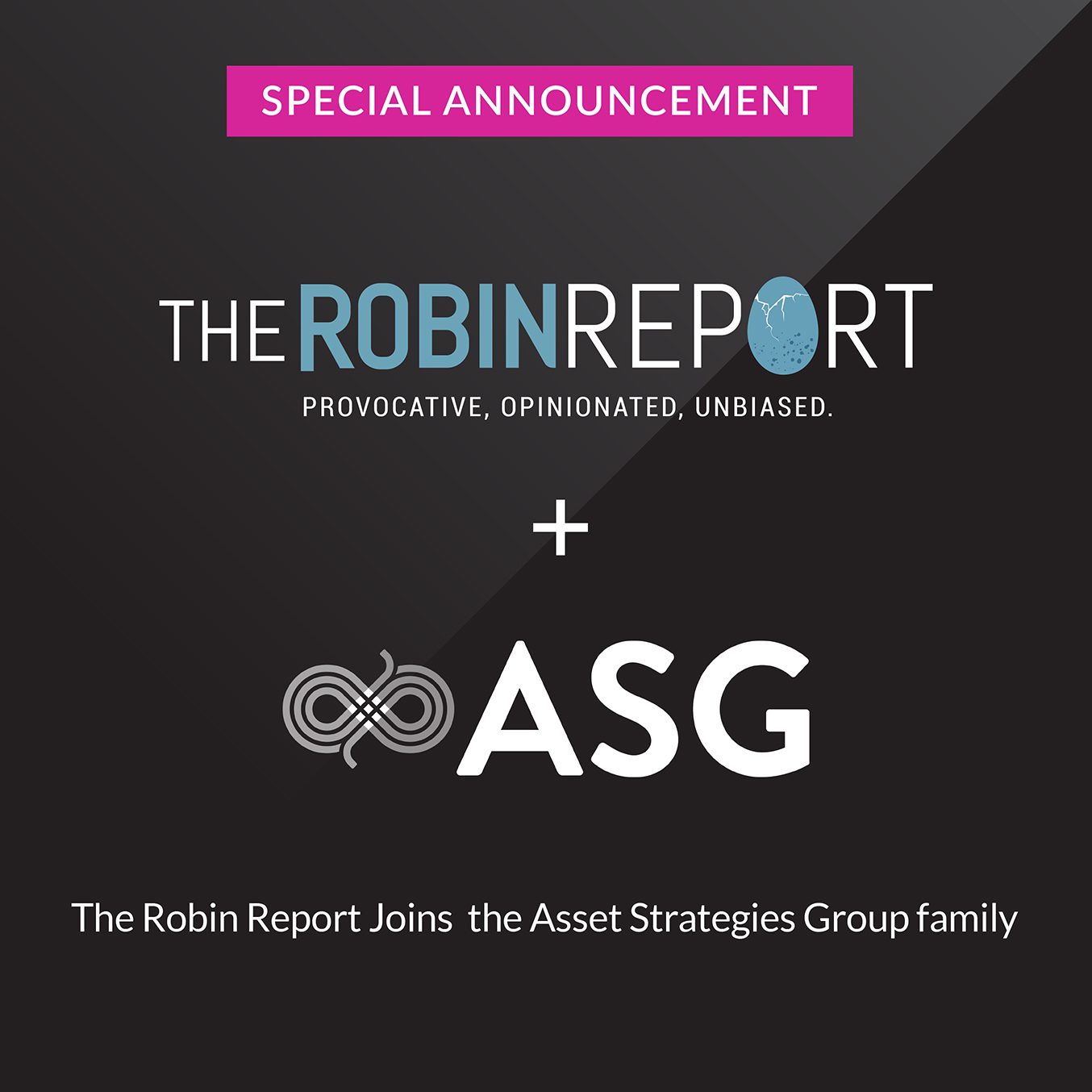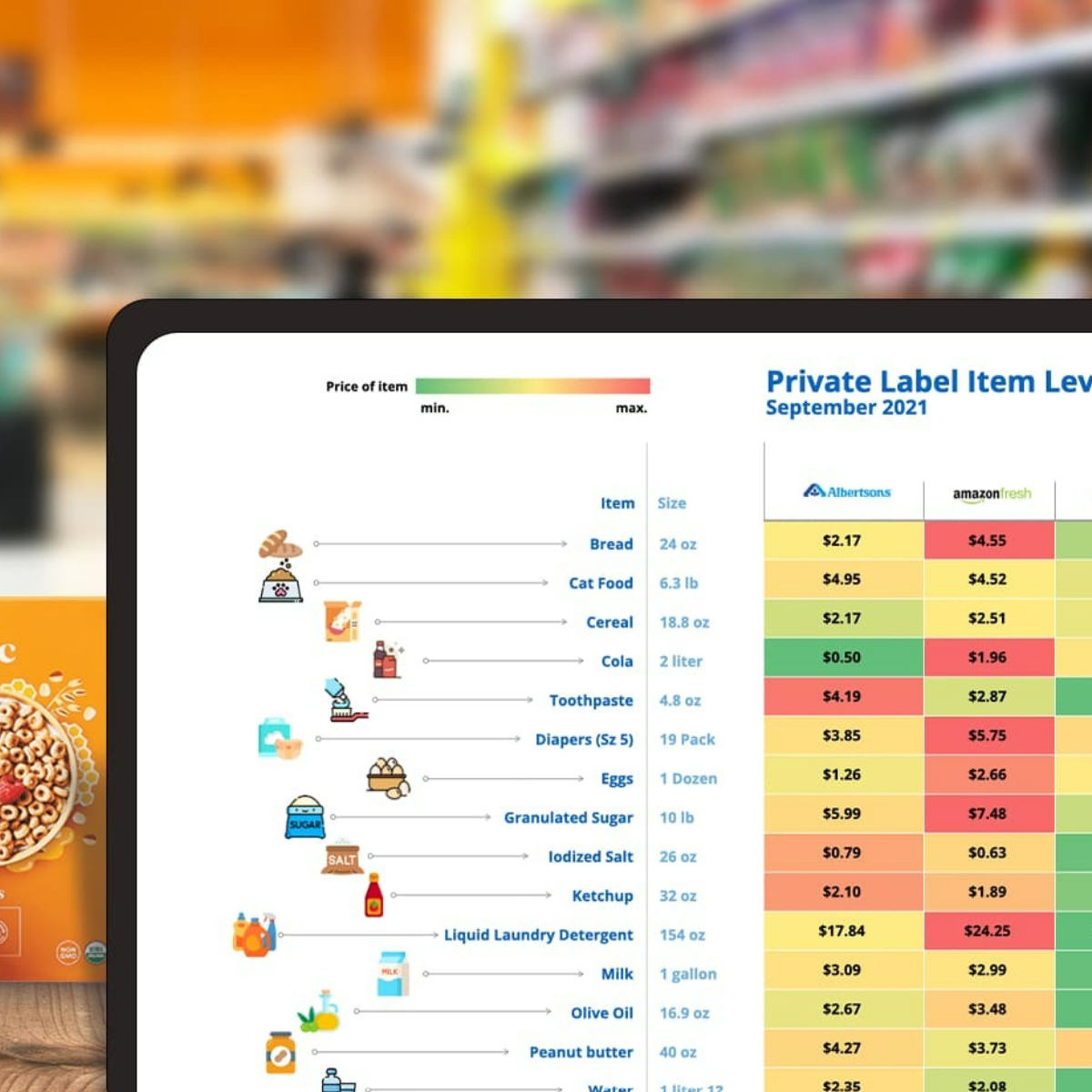When I first started in the apparel industry, fresh out of college with a BA in Philosophy, I was determined to learn everything I could about how to build a successful apparel brand and business. The concept of quality was top of mind which led me to the book that became one of my bibles for the next 40 years: “Quality is Free” by Philip Crosby. The premise was simple: quality should not, nor does not, have to cost more; quality is an agreement between a buyer and seller of a set of specifications at particular price. I’ve given or recommended the book to many colleagues over the years to impart its critical lesson: if the buyer and seller agree upfront to a particular level of quality for a particular price, “quality” is free.
Years later, as President of Alvanon, the global sizing and fit expert where I founded the consulting and data practices, I remember exhorting our team that while quality might be free, fit was not — good fit anyway. Good fit, consistently executed, required an investment. The brands and retailers that invested in fit all saw a tremendous ROI, in terms of conversion, sell-throughs and reduced returns, but it required upfront commitment, dedication and investment. Brands need to invest in data and analysis to understand what their customers really look like, learn how to optimally fit their existing and target customers with the most efficient matrix of sizes, and then equip and train their supply chains with the proper knowledge and tools to consistently execute that standard of fit.
At our annual Christmas dinner in 2009, my senior data analyst, Jimmy Wong, presented me with a gift. I unwrapped a hardcover book with a beautifully illustrated book jacket titled “Fit is NOT Free” by Edward Gribbin. The inside jacket told the story of why great fit required an investment. The inside back cover had my biography. And the back cover had glowing testimonials from real Alvanon clients and friends. And of course when I peeled away the book’s jacket, the book itself was Philip Crosby’s “Quality is Free.” Well, I was in tears pretty quickly.
Fast forward to today when the mantra of every retailer — traditional, digital native, or disruptor — is speed. Most traditional brick-and-mortar retailers still struggle with how to take weeks out of their seasonal calendars and build quick response programs to capitalize on the latest fashion trends. There are a multitude of tactics for speed — 3D sampling and virtual product development, nearshoring, microfactories, the local-for-local movement, and enhanced logistics to name a few — but all require investment. The topic of Zara’s speed has been analyzed ad nauseam at this point, but besides great data analysis, decisive merchants and manufacturing in close proximity, their biggest advantage is that they sit on millions of meters of finished goods. They make purchase decisions based on design of those goods and can deliver new styles to stores in weeks rather than months.
This thought was in the back of my head when I heard my friend Juan Zeigelbaum talk about speed to market at a recent AAPN (Americas Apparel Producers Network) conference in Miami. He said in order to really have speed, “Speed is only possible with trust and with inventory; someone has to have inventory at the ready, whether in yarn, greige goods, finished fabric or finished goods.” In his case, as a manufacturer, he chose to proactively invest in yarn on behalf of his customers because that gave him the most flexibility and enabled him to provide quick turn responsiveness to his customers.
For me, that thought crystallized what fast retailers were really doing and what struggling brands needed to be doing. Retailers, or their partners in the value chain, need to commit financial resources to some type of inventory, somewhere. Speed, therefore, is not free, pretty much in the same way that fit is not free. Many retailers today recognize this but too few are willing to make the commitment or investment necessary because they are facing shrinking margins, brutal competition and fickle consumers. Perhaps that is where their supply-chain strategy can help. There are spinners, dyers, knitters, weavers, and production facilities in this country, this hemisphere and around the world looking for more intimate partnerships. Speed may not be free upfront but developing transparent and trusting supply chain partnerships can spread the investment and risk. The retailers, brands and their supply chains who make those investments will reap dividends quickly by winning over consumers who have been trained to expect almost instant gratification when they shop.



